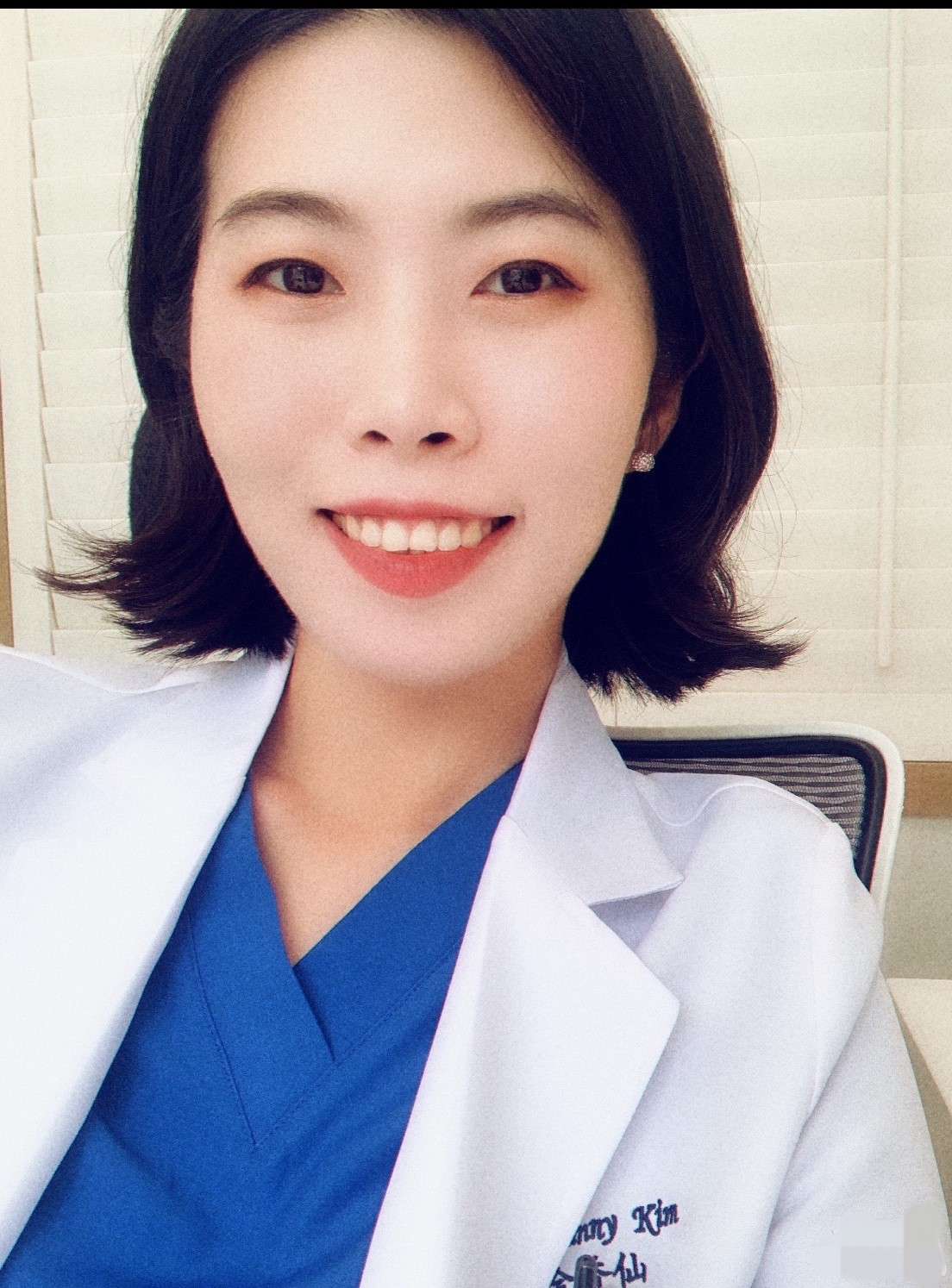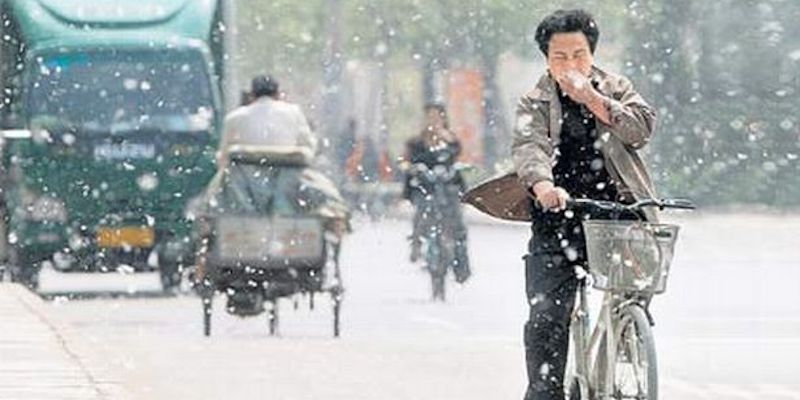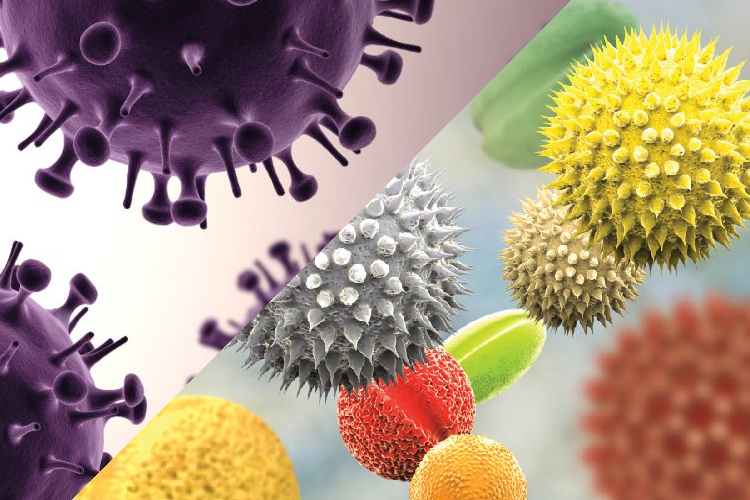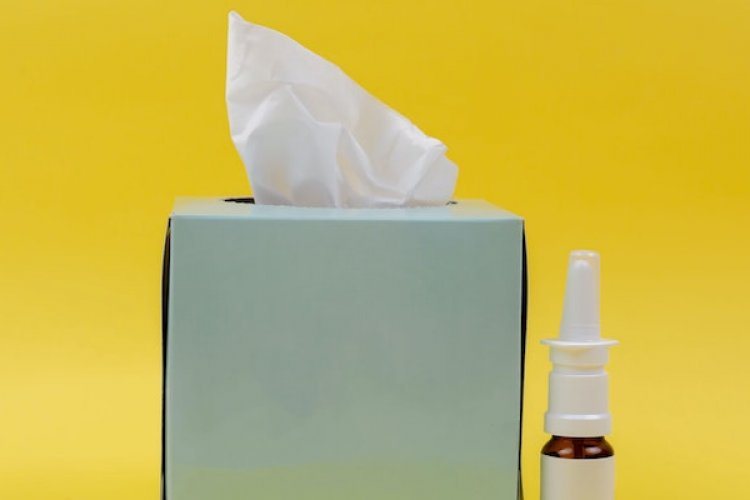How To Prepare for the Upcoming Catkins Invasion
Achoo! I woke up one morning a few weeks ago with a stuffy nose and sneezing. My first thought was “Oh sh*t! I have Covid!” Then after a few deep breaths and remembering that I haven’t left the house in weeks, I calmed down a bit. I thought it was just a mild cold until one of my friends shared similar symptoms. Then we realized, since we’re both incredibly sensitive when it comes to allergies, it’s probably the beginning of allergy season.
But can it be? It’s only early-March!
I spoke with Dr. Sunny Kim from International Medical Center (IMC) – a family doctor with almost 10 years of experience in respiratory, digestive tract disease, allergies, and other chronic diseases – about getting through Beijing’s notorious pollen season.

Anyone who’s lived through one of Beijing’s pollen seasons knows that come spring, the catkins turn the city into a sneezy snow globe. According to the situation of pollen dispersal, there are two peaks: the first peak appears around April, and the second peak appears closer to summer and autumn, in September. However, by now we’ve all noticed that the weather patterns this year aren’t exactly predictable. Texas in the US experienced a snowfall that left citizens without electricity and here in Beijing, sunny, warm days started as early as February. The change in weather will also affect the pollen dispersal season. This means, if Beijing gets warmer sooner, we’re also going to get hit with pollen sooner than expected.
The first signs of allergies are nasal itching, sneezing, and nasal congestion with a runny nose. Sometimes accompanied by eye symptoms, including itchy, watery eyes, red and burning eyes, which may also be accompanied by throat itching, chest tightness, cough, asthma attacks, and other lower respiratory symptoms.
To prevent your symptoms from worsening, Dr. Kim recommends avoiding contact with allergens as much as possible. During pollen season, people should reduce outings when possible. If they must go out, they should wear masks and glasses to reduce nasal inhalation or conjunctival contact with pollen, so as to reduce the symptoms afflicting the nose and eyes. The timing of pollen allergy attacks is regular each year, so use an intranasal glucocorticoid spray two weeks before the onset of symptoms, followed by an antihistamine at the onset of symptoms, which can significantly reduce symptoms.
As someone who has always opted for pills and sprays to battle pollen season rather than using preventative measures, last year’s COVID-19 outbreak during pollen season has proved to me that Dr. Kim’s advice is sound.
Last spring while we were still not 100 percent certain of how the coronavirus could be spread, I had just found out that I was pregnant and wasn’t going to take any chances. I only went out when absolutely necessary and when I did leave, I wore goggles, masks, and gloves just to be safe. Last spring was also the only year where I didn’t experience any pollen allergy symptoms.
This year, as the inevitable season approaches like a Boogey monster, Dr. Kim has a few must-have recommendations to help those of us gearing up for our annual battle against pollen. Mask, glasses, nasal spray (saline, glucocorticoids, etc ), and antihistamine medicines are all great things to keep on hand. But always consult your doctor to find the medication that suits you.
To get in touch with Dr. Kim contact International Medical Center (IMC) 北京国际医疗中心 at 6465 1561.
This article originally appeared on our sister site, Jingkids.
READ: Updated Walkthrough: Booking a COVID-19 Test at Chaoyang Hospital
Images: mirror.co.uk, Courtesy of Dr. Sunny Kim







